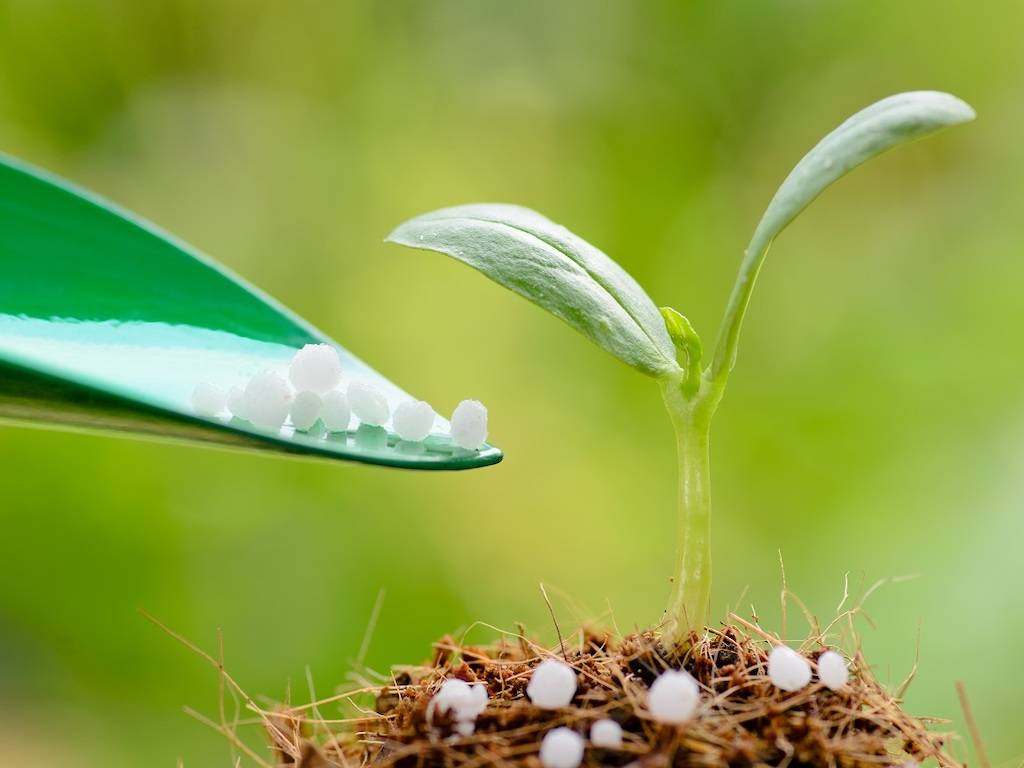
India Ratings and Research said that the government's decision to clear the subsidy backlog is a game changer for the fertiliser industry, increasing the sector's outlook to "bright" in FY22 from "stable." (from the beginning) According to the rating firm, the central government had previously allotted an extra Rs 62,600 crore fertiliser subsidy in the updated budget forecast for FY21.
In a statement, India Ratings and Research said, "This is expected to clear the sector's entire subsidy backlog and free up substantial working capital funds." Furthermore, given the Union government's emphasis on increasing farmer income and the sector companies' modest capex plans, fertiliser demand is expected to stay stable, according to the study.
Higher availability of funds with farmers due to various policy initiatives in the midst of the COVID-19 pandemic, higher sowing and acreage, early arrival of monsoon, and better labor availability owing to labor migration to rural areas, the fertiliser sector saw a 10% rise in sales during April-February in FY21 as compared to the same time a year earlier, it said.
The upgrade is based on forecasts of a significant increase in credit metrics as a result of additional cash inflows from pending subsidy receivables and the resulting decrease of working capital debt, according to the company. It went on to say that the rating forecast would enable the sector to take steps to boost operational efficiencies even further.
During H2FY21, the majority of the fertiliser companies it ranks saw a significant decline in their subsidy receivables and working capital debt ratios, which is expected to continue in FY22 as well, according to the organization. The agency predicts positive rating movements in the fertiliser field in FY22, and no COVID-19-related rating measures were taken in FY21, according to the agency.
Following the turnaround seen in FY21, operating margins for fertiliser companies would remain comfortable in FY22, according to the study. However, given the limited capacity to completely pass on price increases to farmers, the recent rise in international prices of key raw materials such as phosphoric acid, rock phosphate, and ammonia, combined with higher natural gas prices, could marginally depress NPK manufacturers' profitability in FY22, it said.
During FY22, a rise in the pooled gas price combined with tighter energy efficiency norms could limit savings and raise working capital needs, resulting in higher borrowing and interest rates, according to the study. It went on to say that clearing subsidy backlogs and lowering working capital needs would be more than enough to cover for the conditions that would place pressure on margins.

















